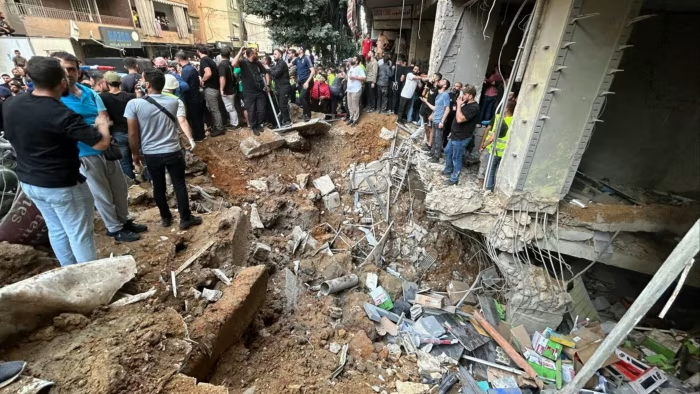Israel would have to hold the territory with ground forces to establish the buffer. Because of the rough and mountainous terrain, which restricts tanks and other vehicles to the highways, Hezbollah ambushes are considerably simpler to carry out.
Hezbollah ambushed Israeli vehicle groups and fired snipers at Israeli patrols in 2006, shocking the Israeli soldiers. Israeli army forces found it difficult to fight back, and their inexperience frequently resulted in disastrous errors. Throughout the battle, commanders without combat experience drove tank column after tank column into well-planned ambushes, resulting in at least 20 tanks being destroyed or irreparably damaged.
This time, after a year-long rolling urban struggle with Hamas fighters, Israel’s military troops are battle-hardened, although fatigued. Israel has learnt from its blunders. The Israeli army is known for being vocal inside and for being fast to point out and correct doctrine errors. Their army won’t do the same error twice.
However, Hezbollah has also gained knowledge and significantly increased its might. There were perhaps 5,000 combatants in the south in 2006. Now, that figure has increased to between 20,000 and 30,000, with thousands more on standby. With 3,000 men, its special forces unit, the Radwan Force, is well-versed in operating in the south, having received particular training in the area.
To follow the opponent, both sides make use of technology, including surveillance drones. Hezbollah possesses an extensive arsenal of advanced antitank weaponry, including the Kornet missile, which has demonstrated efficacy in countering Israel’s Merkava tanks.
What does it take to create a buffer zone?
Any buffer zone would need Israel to maintain air power, active patrols, surveillance, and troops stationed there in reinforced locations. Rocket attacks, shooters, and truck explosives would constantly target any ground forces. As long as Israeli soldiers were there, corpse bags would continue coming back to Israel in large numbers.
Hezbollah would still be able to shoot drones, rockets, and missiles into Israel even if that scenario came to pass. The buffer zone’s depth might be increased by Israeli military strategists. But Hezbollah still possesses a sizable enough arsenal to launch missiles from anywhere in Lebanon and still be able to strike targets located deep into Israel. The more Lebanese people were subjugated, the more the area that was seized.
An ever-expanding buffer zone would eventually reach its practical limitations as long as the rocket strikes continued from areas of Lebanon that Israel did not control, or else they would be put into the improbable situation of having to either evacuate or seize control of the entire nation.
A serious risk is “mission creep,” in which a straightforward objective—in this example, setting up a buffer zone—sounds easy to accomplish but is actually unachievable. This is a calamity waiting to happen, drawing the Israeli military into an extended financial trap.








